Roofing systems of the catchment: manufacturers and suppliers of drainage, the technology of quick installation of the system of collecting and drivening rain and melting water.
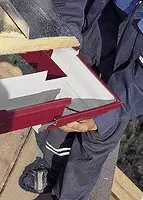
Any roof will not fully fulfill its functions without properly installed drainage devices. The water flowing from the roof in all directions of water destroys the walls and the foundation of the building, blurs the tracks, creates a lot of inconvenience. Not only the service life of the structure and the frequency of repairs, but also the microclimate in the house depends on the quality of the drainage system.
Until recently, roofing systems of the catchment were made of galvanized iron and only in very rare cases of copper. Gutter and pipes from tin quickly deformed and started rust. Since they, as a rule, were made by a handicraft way, their equipment left much to be desired, and the installation turned out to be a rather complex and time-consuming task.
Types of drainage systems
The problem of rapidly editing the system of collecting and blaming the rain and melt waters gradually began to be resolved with the appearance of new imported leaf roofing materials on the Russian market, and especially metal tile. Almost all firms producing it offer also sets of drainage gutters and pipes made of galvanized iron with a plastic coating. These sets are slightly different from each other and include the desired set of elements. Here are just some manufacturers and suppliers of water pipes: Weckman, Rannila (Finland), Roof Expert, Lindabab (Sweden), industrial company "Metal profile", GTO "Bukovo", JV "Ziosab". The systems offered by them are more durable, and most importantly, due to the well-thought-out design and the complete set of components, their installation does not cause special difficulties. The gutter can have a semicircular and rectangular shape, and since they have a smooth, compared to conventional tin gutters, a plastic coating, the fallen foliage and other trash are accumulated in them, which are cleaned with water flows from the roof. However, these gutters still have two drawbacks due to the fact that they are made of leaf iron (albeit thin) - they are heavy and expensive. The price of 1 p / m of the gutter depending on the diameter of- $ 6.5-12.5, the drain pipe is $ 9-12, and the structural elements are even more expensive. Thus, the price of the receiving funnel can be $ 20-30 in order, and the angular element of the groove - $ 22-40 is 11.
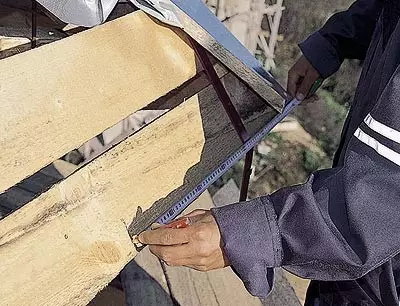
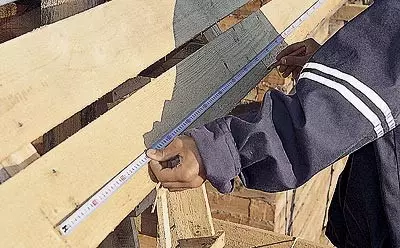
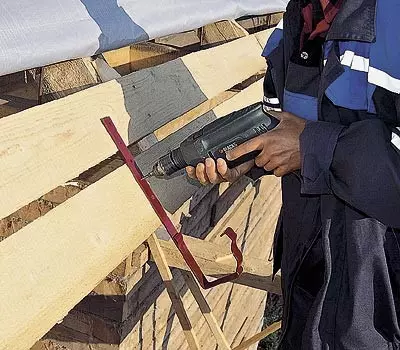
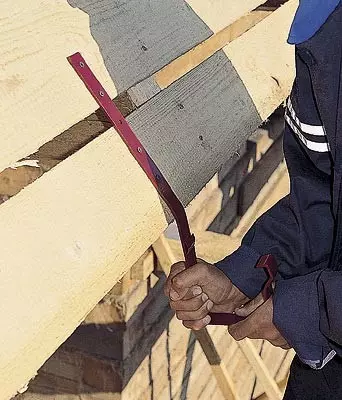
Rehau (Germany), Nicoll (France), Gamrat (Poland), Plastmo, ICOPAL (Finland) are most widely represented.
A well-thought-out set of components allows you to quickly cheap, efficiently and quickly equip any, even very bizarre configuration, roof reliable and durable drainage.
So, what is included in the drainage system? First of all, it is the gutter themselves, their funnels, external and internal angular sections of the gutters and drainage pipes. But this is not all. Here is a list of components, often used for installation of drainage: plugs and connecting sections of the grooves, plugs of funnels, cleansing funnels for collecting leaves, brackets for fastening grooves and pipes, couplings, tees, folding drains, taps.
The fastening brackets are chosen depending on the design of the roof of the roof. It is also very advisable to use snow-setpoints installed on the roof slope in front of the chute.
So that the drainage system copes well with the streams of water flowing into it, it must first of all have the necessary configuration, that is, correspond to that roof on which it will be installed. To calculate the bandwidth, determining the necessary configuration and estimate of the cost system, you do not need to be a specialist. As a rule, all manufacturers of such systems in their prospectuses and, of course, in technical documentation are examples of calculations. The most important parameter in them is the area of the catchment. It depends on the size of the grooves, the diameter of the drain pipe, the number of receiving funnels. It should be paid attention to what is considered an area of catchment. Most often it is the area of the roof of the roof (such definition offers Plastmo, Nicoll and most practitioners apply to it). Rehau and Gamrat are accepted by the area of the catchment area of the scope projection on a horizontal surface. According to Russian sanitary standards and rules (SNiP 2. 04.01-85), 30% of the vertical walls adjacent to the roof and towering above should be added to the skate area. We also note that there is no single standard on the shape and size of drainage chutes and pipes. And therefore, they significantly differ from different manufacturers. But you can select three groups of grooves and pipes on the average cross-sectional value: 35cm2, 55cm2 and 90cm2.
As an example, we present the generalized results of the calculations that the company Nicoll offers for its drainage systems. They are presented in the form of a table.
Calculation of the bandwidth of the grooves and pipes of the water system of the company Nicoll, depending on their size
| Gutter | Diameter of the drain pipe, mm | |||
|---|---|---|---|---|
| Model | Length L and radius R, mm | 80. | 100 | 125. |
| Maximum Squata Square, m2 | ||||
| LG25 | L = 113, R = 57 | Up to 92. | Does not fit * | Does not fit * |
| LG33. | L = 169, R = 85 | Up to 92. | Up to 141. | Up to 226. |
* Excessively large diameter of the drainage pipe.
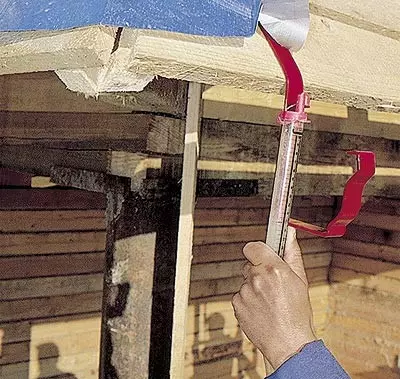
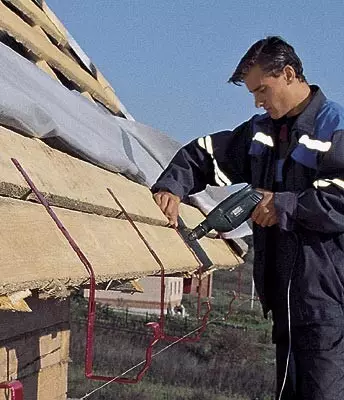
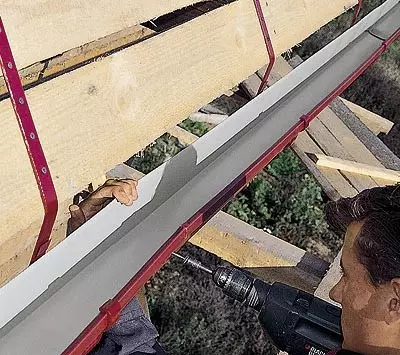
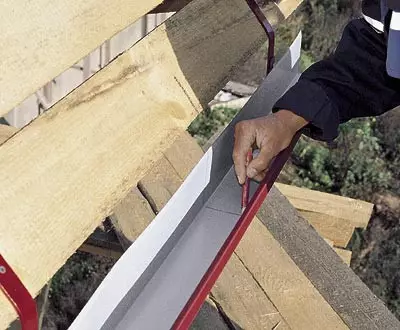
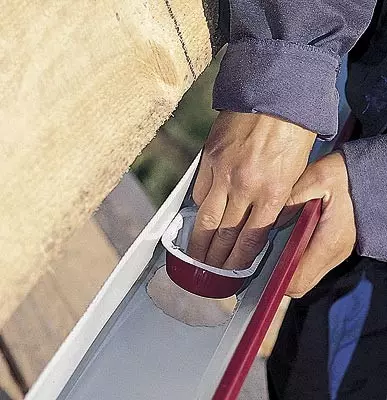
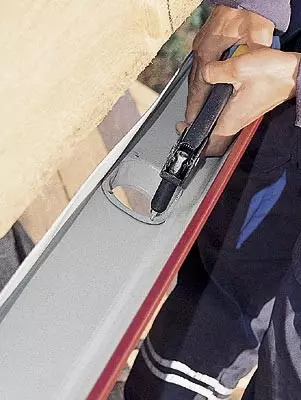
But the bandwidth of the gutters and pipes depends not only on their size, but also from the waterproof design. This provision illustrates Plastmo data shown in the table. It follows from them that an increase in the length of the gutter (melting water into one pipe) twice leads to the same decrease in the area of the catchment, that is, a reduction in the bandwidth of the system. This is not surprising, since it is the chute that limits the volume flowing from the roof of water. Indeed, if the waterfront (tube) is located in the middle of the gutter length L, each half of its half collects water from half the area of the skate and water is easily assigned. If this riser is placed at the end of the gutter, then the water is going to it from all over the skate and the chute can overflow. Used in the kit the drainage pipes have a much greater bandwidth than the gutter.
The number of necessary pipes is usually found from the calculation of 1TRUB to 100 m2 of the area of the catchment. SNIP II-26-76 (ed. 19998) normalize the cross-sectional area of the drainage tube at the rate of 1,5cm2 on 1m2 roof area. However, less than four pipes rarely put at the middle-sized house.
Installation of systems
When installing the drainage systems, it is necessary to provide a number of parameters. One of the most important is a gutter bias, which determines the rate of water on it. It should not be very small, as in this case, it may be overflowing the grooves flowing from the roof with water, and the receiving funnels will be "chopped" in this case. The bias is recommended to be made within 2-5 mm per 1 p / m of the chute. At the same time, the hook, which fastening it at the highest point of the slope, is fixed in height so that the outer edge of the gutter was below the slope plane by 25-50 mm. The segments of the gutters are combined with each other. Seal joints in different ways: special screed, brackets with rubber gasket, silicone sealant, rivets. On the ends of the gutters, not connected to the angular elements, put the plugs. They are fixed with self-drawers or rivets, and the seams are sealing silicone.
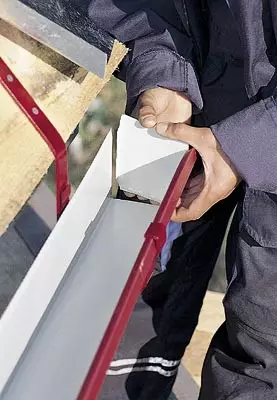
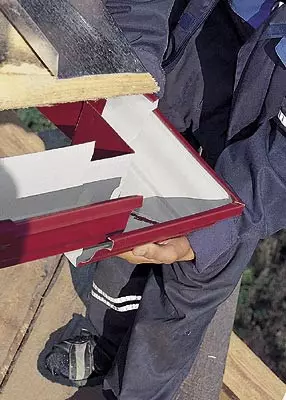
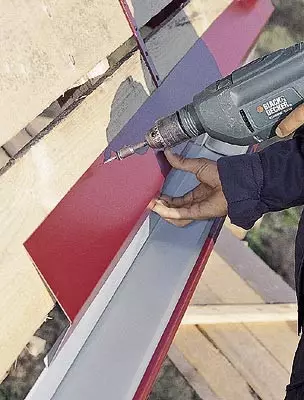
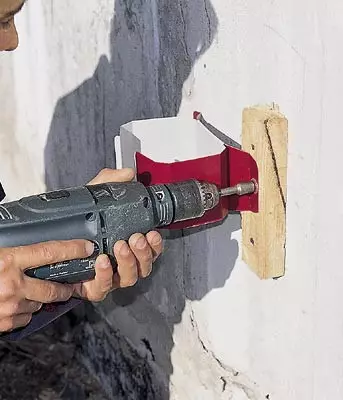
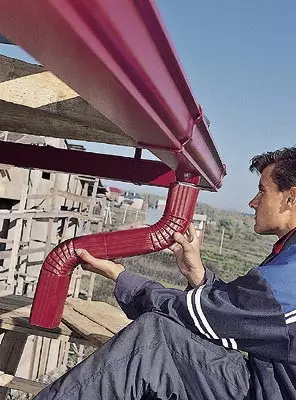
Another important circumstance is the need to take into account the thermal expansion of the gutters. If you do not pay attention to this, the result may be their deformation and even breakdown. After all, it is, at first glance, a minor, increasing the length of the grooves with the increase in temperature can be very significant due to the considerable length of the elements of the hydrogen. Here is an example: the elongation of the plastic gutter is 0.7 mm per 1 p / m with an increase in temperature by 10. It seems very little. AESLI The length of the gutter 10m and the temperature difference is winter - summer reaches 50 that even in the middle of Russia is not at all uncommon, then the elemental calculation shows that the change in the length of the gutter will be 3.5 cm, and in the case of rigid fastening of the gutter may result in significant stresses in Designs. In order for the thermal expansion of the grooves, it does not lead to their deformation and breakdowns, use special expansion devices (compensators). Each of these devices connects two segments of the gutter so that their ends can move. On some models of compensators, labels are applied, indicating the temperature at which the installation of the system is carried out. When installing the edge of the gutter, it is necessary to combine with the corresponding label. To compensive connections correctly performed their functions, they must be rigidly attached to the building. These details must be used if the distance between the angles of horizontal drain, that is, between rigidly fixed elements, exceeds 8m. Extracting waterboat systems to compensate for the thermal expansion of the grooves are used by the funnel of the special (compensating) design, which are rigidly attached to the building using brackets.
If the length of the grooves is less than 8m or their linear expansion does not interfere, then you can do without expansion elements.
Polymer gutters and drains pipes are produced in length 2, 3, 4 and 6m and usually three color and white, black and brown. To obtain a larger length gutter, the connecting elements of various structures are used, for example rubber seals (usually for small cross-section grooves). In cases, the connection is carried out with the help of special glue (as in Nicoll and Plastmo systems). Working with polymeric gutters and pipes is very simple - they are easily cut with the help of a metal hacksaw.
We will not talk in detail about the features of the installation of specific systems of hydrogen in detail, they have a number of differences related to constructive features, and are described in the instructions of firms. We only note that the distance between the brackets on which the gutter is mounted should not exceed 50-80 cm. Note that from the funnels, plugs, angular elements and fixed compensators, the brackets should be located not closer to them with 5 cm. When mounting the drain pipes, the brackets are installed under each connecting clutch and with an interval of no more than 2m. Installation starts with careful markup of the placement of drain pipes, angular elements and mounting brackets. On the practice of mounting the drain system of the company "Metal profile", performed by the specialists of Arthaus LLC, we will tell in the photo report.
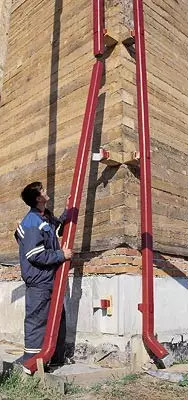
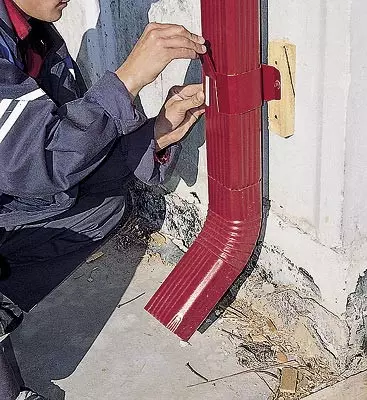
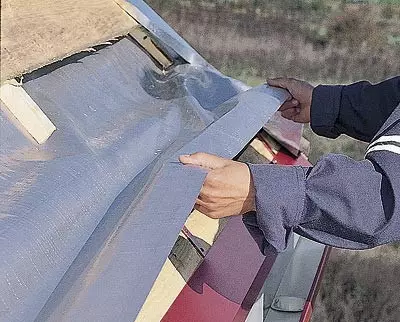
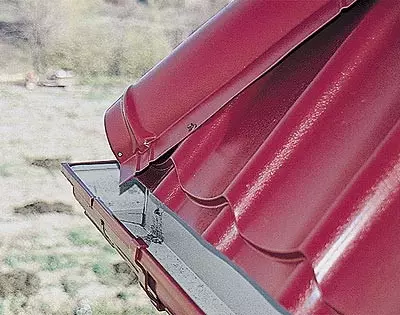
Finally, some retail prices for structural elements of polymer water systems. The price of the drainage gutter of the white color is $ 4.5-6.5 per 1p / m, and brown- $ 5.5-7.6. The jet connector will cost you $ 1.8-2, a simple funnel- $ 6-8, and a more complex, compensating thermal lengthening of the chute - $ 7.5-10. The heat elongation compensator costs $ 7-8. The price of the bracket fastening of the gutter depends not only on the design, but first of all from the material from which it is made: the plastic bracket costs $ 1.5-1.7, metallic - from $ 5.5. In addition, blood plugs will be required ($ 0.9-3 per 1stoupe), external and internal angular rotary elements ($ 5-7 per 1stone). It concerns the gutters. The drainage pipe depending on the diameter and the color costs $ 5-7 per 1p / m, the coupling coupling- $ 2-3, the tee- $ 3-6, weeping- $ 3-6, the mounting bracket of the drain pipe - $ 1.5- 2.5.
For example, the cost of all elements of the drainage system (not requiring thermal expansion compensators) for the usual house of 68 m from the bartal roof is $ 650, if the parts are made of galvanized steel with a polymer coating, and $ 200, if the partings are PVC.
And in conclusion, where to make water flowing from the roof. So that the streams of the drainage tubes do not blur the foundation, your favorite flowerbed or garden tracks, use the recently used linear drainage systems that are mounted in the ground near the house and along the tracks. They consist of a set of structural elements, such as a rainmaker, a drainage gutter, etc. From your solution, not only the location and amount of drainage pipes, but also equipped with additional elements of the compound with drainage pipes are dependent. But the device of drainage system is theme for a separate conversation.
